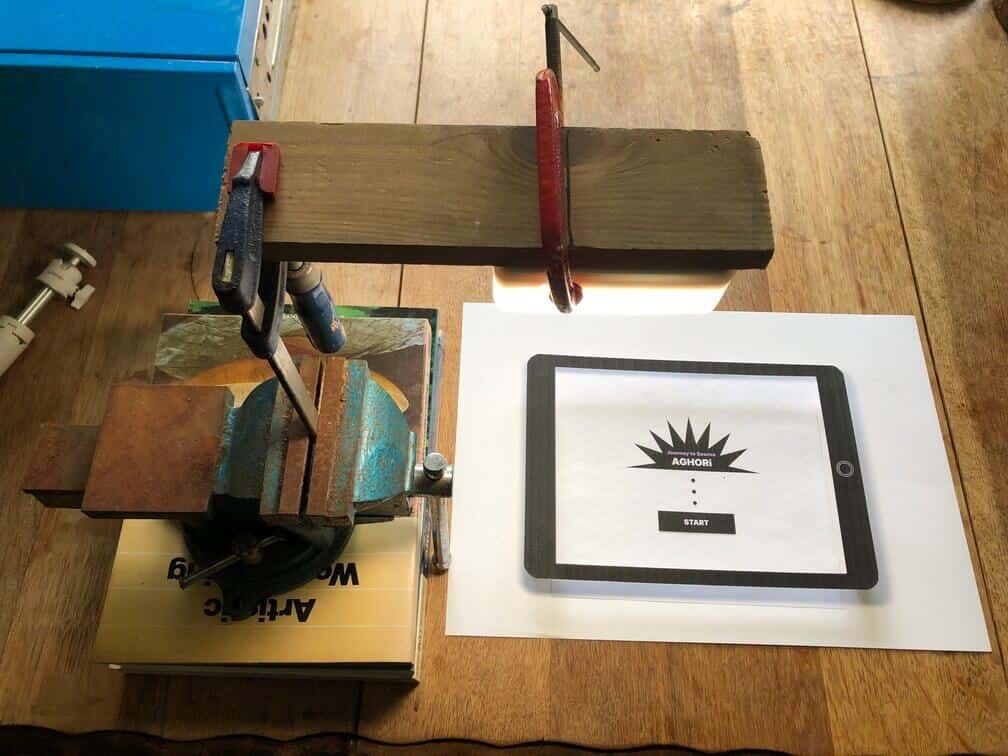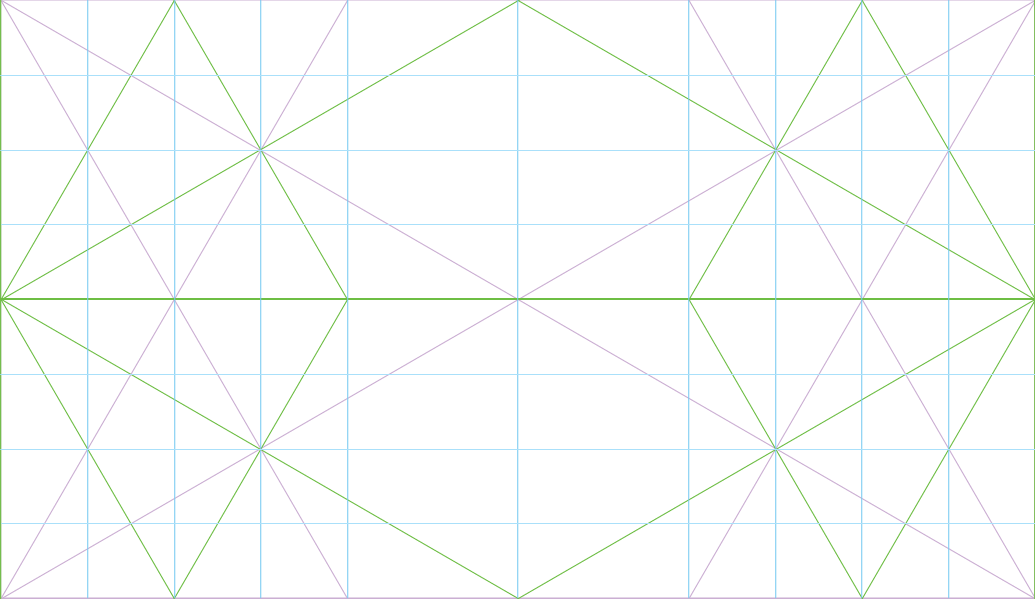This article documents the completion of the first ideation session, a paper prototype of a game called "Aghori". For context, please see the Jam One article.
The Prototype Video
What worked well
Feedback received from my cohort was positive, they generally liked the presentation and possibility for the game. It was highlighted that creating a basic paper prototype can be highly effective in communicating an idea to others, including stakeholders. The primary benefit is that paper prototypes give an idea of a story, basic scenes, and interactions at an extremely low cost, with no technical skill. Initial feedback for an idea can be obtained before proceeding to more expensive and labour intensive methods.
What I Enjoyed
Personally I enjoyed the set-up phase of the prototype, building the iPad frame with wooden feet so that assets can be introduced to the scene, using grass stalks to be able to give character movement, and working out how to position the camera to film the interactions. Below is a photo of the filming set-up, using a vice to hold a clamp which holds a piece of wood which has small clamp holding a light. My mobile phone then lay down on the plank of wood to film the paper prototype underneath.

I also enjoyed the process of thinking about game development. For example, I enjoyed creating user progression for learning game controls, first learning the movement of the character, then adding in a shooter, and from there other abilities and functionalities can be added.
I have a new-found appreciation for the work and care that goes into game development. I can see the overlap between games dev and UX, e.g. user journeys, loops, and UI.
What Didn't Work Well
I felt there was not enough detail to the game play. I would have liked to explore game play more instead of the overall story or narrative. This could be written about separately.
From planning the narrative I spent too much time in thinking about the aesthetic, what the characters and environment would look like. I took to graphics applications to draw out characters, searching for inspiration. Instead of going digital, I think my time would have been more productive in analogue!
All-in-all I think that I did not manage my time well!
Lessons Learnt
Thinking ahead to future projects here are some of my lessons learnt:
- Think more clearly about the idea in the initial stages without getting caught up in UI considerations. Focus on function and the user journey.
- Make storyboards first. These plot out ideas quickly to take forward into building the prototype in a focussed way.
- Keep it simple, removing as much detail as possible.
- Don't necessarily go with the first idea!
- Analyse ideas in light of commercialisation.
Conclusion
I enjoyed the process of thinking about developing a game and making a paper prototype, both activities were something that I have never done before. Paper prototypes are a very quick, useful and inexpensive way to communicate an idea / story, user interactions and journey.


